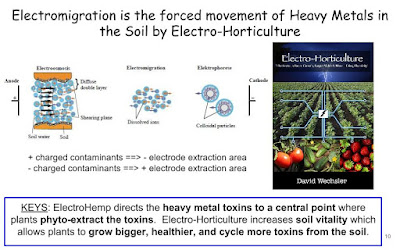EPA Takes Important Step to Advance PFAS Strategic Roadmap, Requests Public Input and Data to Inform Potential Future Regulations under CERCLA
WASHINGTON (April 13, 2023) — Today, the U.S. Environmental Protection Agency (EPA) is issuing an Advance Notice of Proposed Rulemaking (ANPRM) asking the public for input regarding potential future hazardous substance designations of per- and polyfluoroalkyl substances (PFAS) under the Comprehensive Environmental Response, Compensation, and Liability Act (CERCLA), also known as “Superfund.”
“Today’s announcement highlights EPA’s commitment to transparency and the use of the best available science to tackle PFAS pollution and protect people from exposure to these forever chemicals,” said Barry N. Breen, Acting Assistant Administrator for EPA’s Office of Land and Emergency Management. “This is a key commitment under the Agency’s PFAS Strategic Roadmap and will provide an opportunity for a large and diverse group of stakeholders, including the public, state and local governments, Tribes, industry, businesses, environmental groups, and universities, to provide input and help EPA gather the latest science and information regarding PFAS.”
This request for input and information follows EPA’s September 2022 proposed rule to designate two PFAS — perfluorooctanoic acid (PFOA) and perfluorooctanesulfonic
Through this ANPRM, EPA is seeking input on whether to propose to designate additional PFAS, including HFPO-DA, sometimes called GenX, and compounds that degrade in the environment by processes such as biodegradation, photolysis, and hydrolysis, to form certain PFAS. EPA is also seeking information on whether some PFAS compounds can or should be designated as a group or category.
PFAS can accumulate and persist in the human body for long periods of time and evidence from laboratory animal and human epidemiology studies indicates that exposure to these compounds may lead to cancer, reproductive, developmental, cardiovascular, liver, and immunological effects. Many known and potential sources of PFAS contamination are near communities already overburdened with pollution.
A Federal Register Notice has been published in the Federal Register at docket EPA-HQ-OLEM-2022-0922 and can be viewed on www.regulations.gov. The ANPRM will be open for a 60-day comment period through June 12, 2023.
EPA intends to carefully review all the comments and information received in response to this ANPRM.
An agency may publish an ANPRM in the Federal Register to seek input and obtain more information. If EPA decides to move forward with designating additional PFAS compounds as hazardous substances under CERCLA, the agency will publish a proposed rule and seek public comment.
EPA is not reopening or otherwise proposing to modify any existing regulations through this ANPRM.
Under the Roadmap, EPA is working across its programs and with its federal partners across the Biden-Harris Administration to develop solutions to the PFAS crisis and protect public health.
Read the ANRPM here.
Read more about EPA’s strategy to address PFAS here.
Read more about EPA’s Superfund program here.




.jpg)
.jpg)




